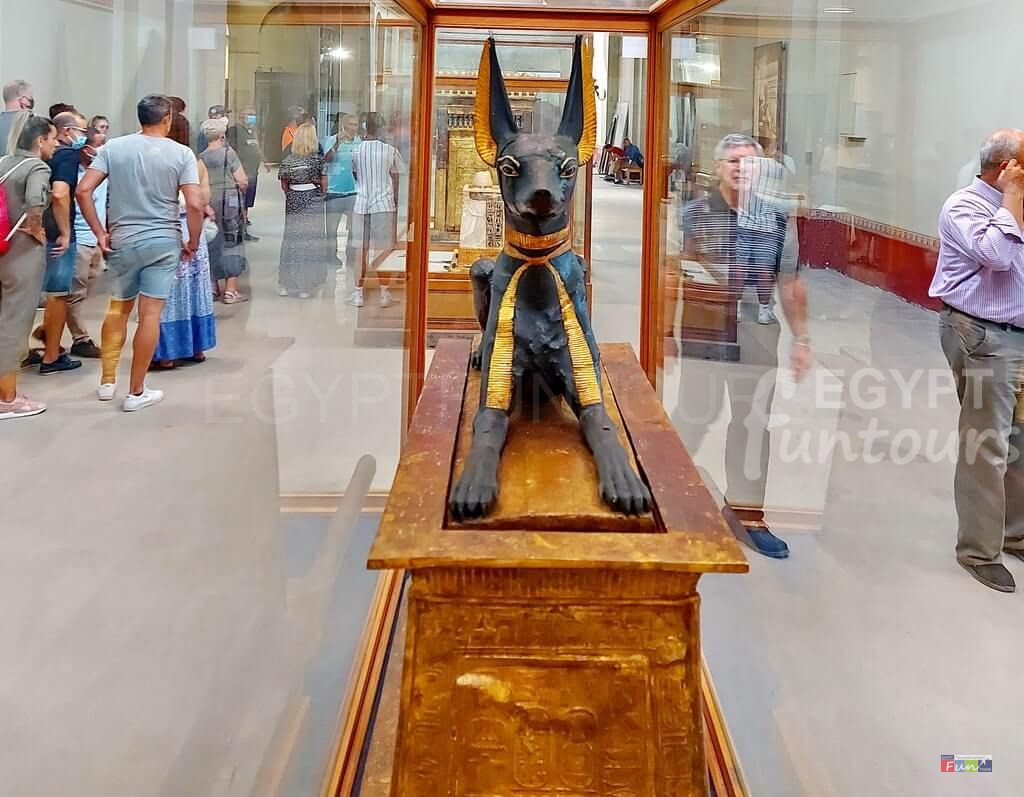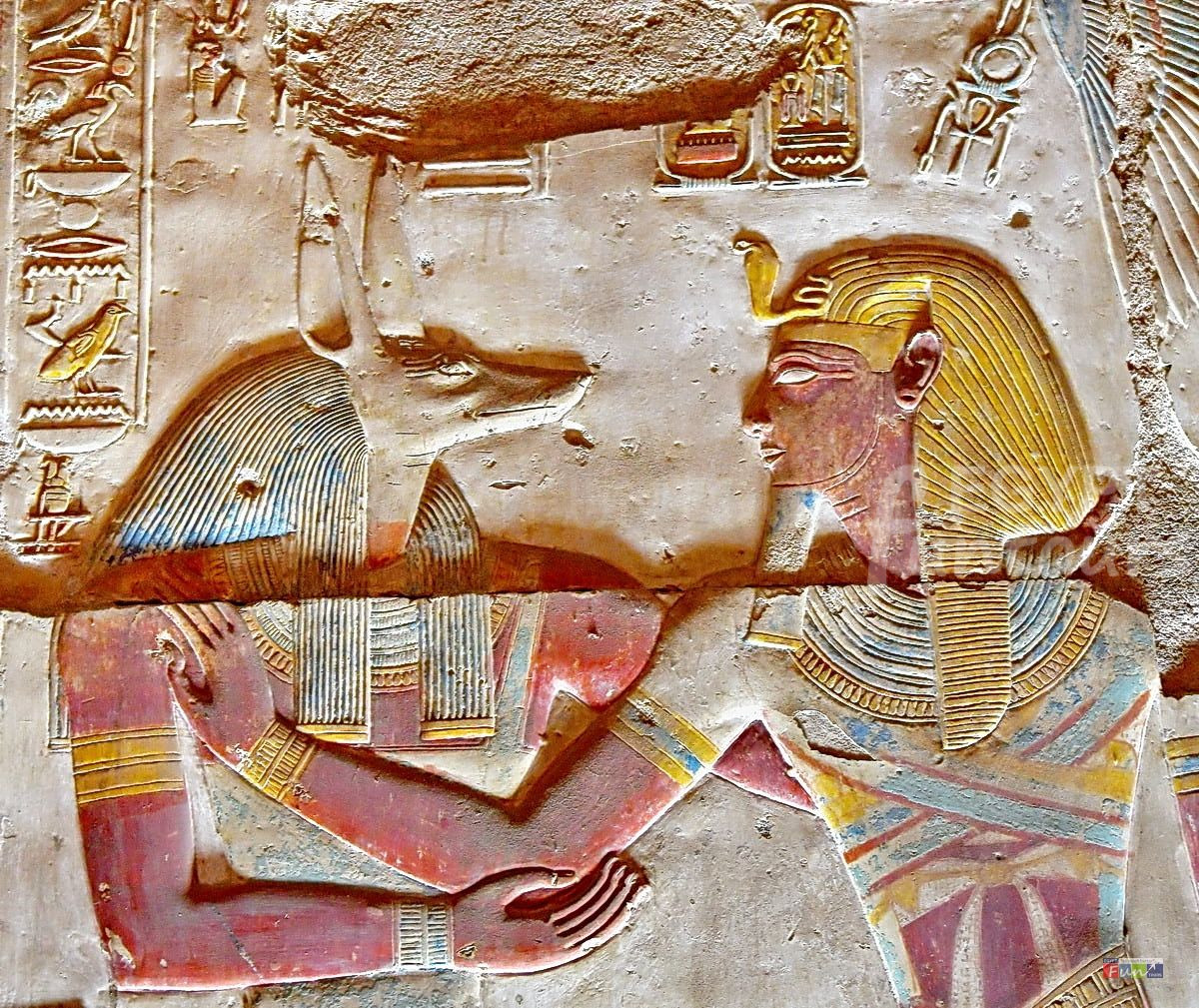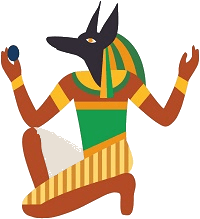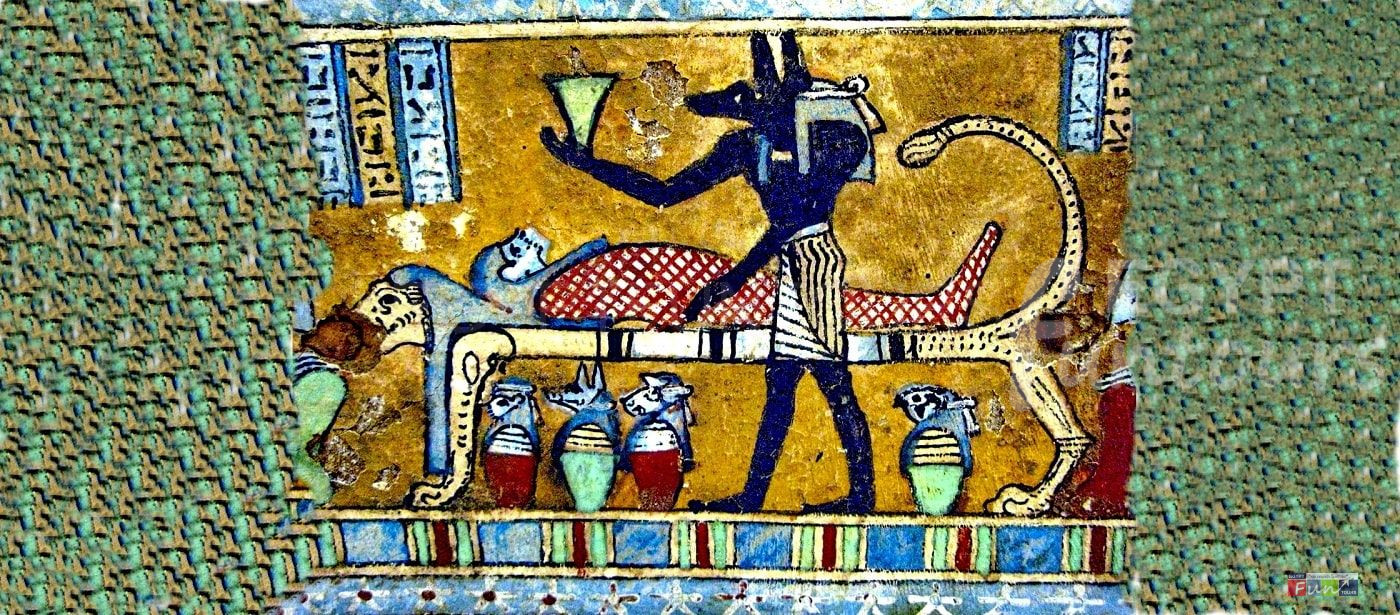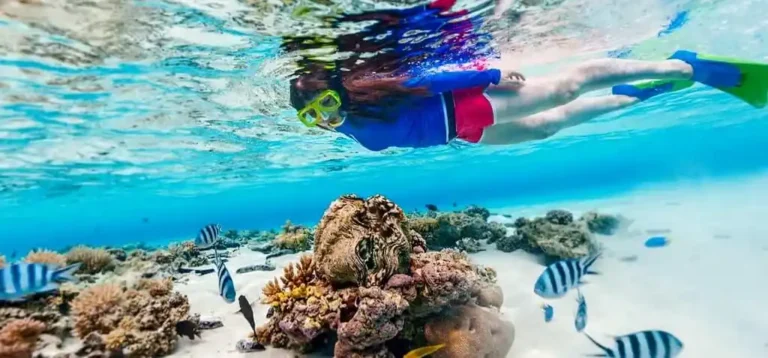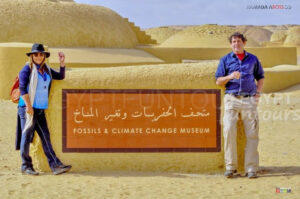Anubis and The Egyptian Mummification
Anubis and mummification in ancient Egypt are so important and so old! The ancient Egyptians did, in fact, mummify their bodies!! Everyone thinks they understand mummification, but have you ever considered why ancient Egyptians mummified themselves? What did they think about life after death? And why was Anubis (the jackal) regarded as the embalming deity by the ancient Egyptians?

